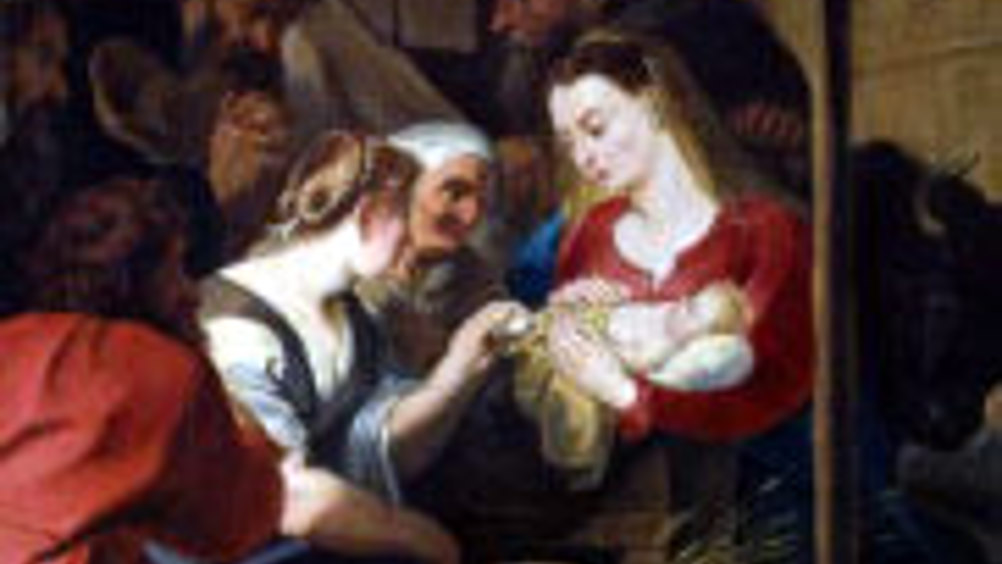Modelling the masters

Researchers at Warwick University and the Courtauld Institute of Art are using computer modelling techniques to help preserve old works of art.
The modelling itself is based on work by Prof Wanda Lewis of Warwick’s School of Engineering. She has previously modelled the stresses and strains experienced by tensioned fabric enclosures, such as the Millennium Dome in London, most recently known as the O2.
Prof Lewis said: 'We have developed a sophisticated computer modelling package that predicts the shape of fabric enclosures very accurately. I realised that we could apply the same modelling principles to predict the behaviour of [an] artist's canvas, which is simply a different material and structure.'
To do so, she teamed up with Dr Christina Young of the Conservation and Technology Department at the Courtauld Institute, who specialises in measuring the physical behaviour of fabric supports such as the canvases of paintings.
Dr Young, a senior lecturer in paintings conservation, said: 'When conservators restore a painting, if it is severely degraded they may attach new fabric to the reverse. This "lined" painting is then restretched and attached to a wooden stretcher. Ideally, this results in a painting which will be stable and safe to display for future generations.'
Register now to continue reading
Thanks for visiting The Engineer. You’ve now reached your monthly limit of news stories. Register for free to unlock unlimited access to all of our news coverage, as well as premium content including opinion, in-depth features and special reports.
Benefits of registering
-
In-depth insights and coverage of key emerging trends
-
Unrestricted access to special reports throughout the year
-
Daily technology news delivered straight to your inbox










UK Enters ‘Golden Age of Nuclear’
The delay (nearly 8 years) in getting approval for the Rolls-Royce SMR is most worrying. Signifies a torpid and expensive system that is quite onerous...